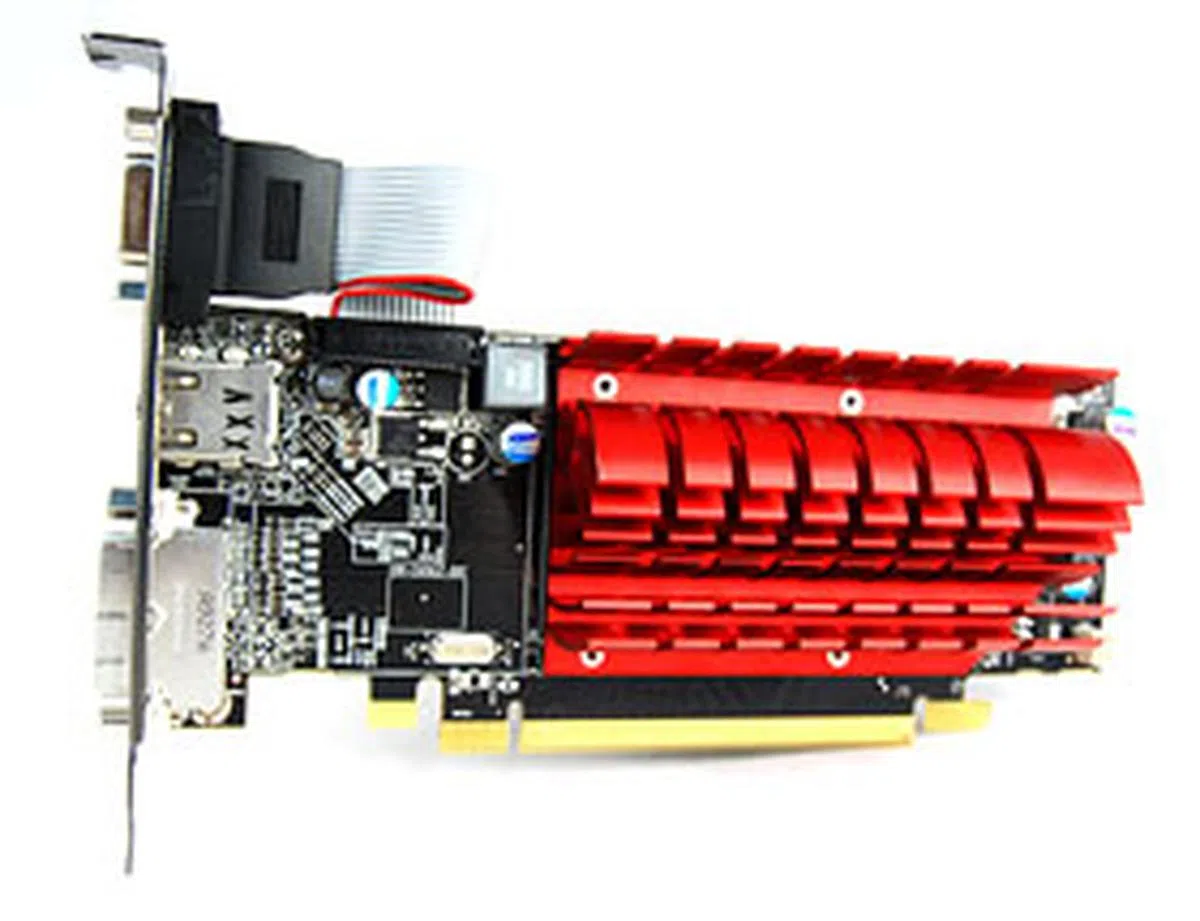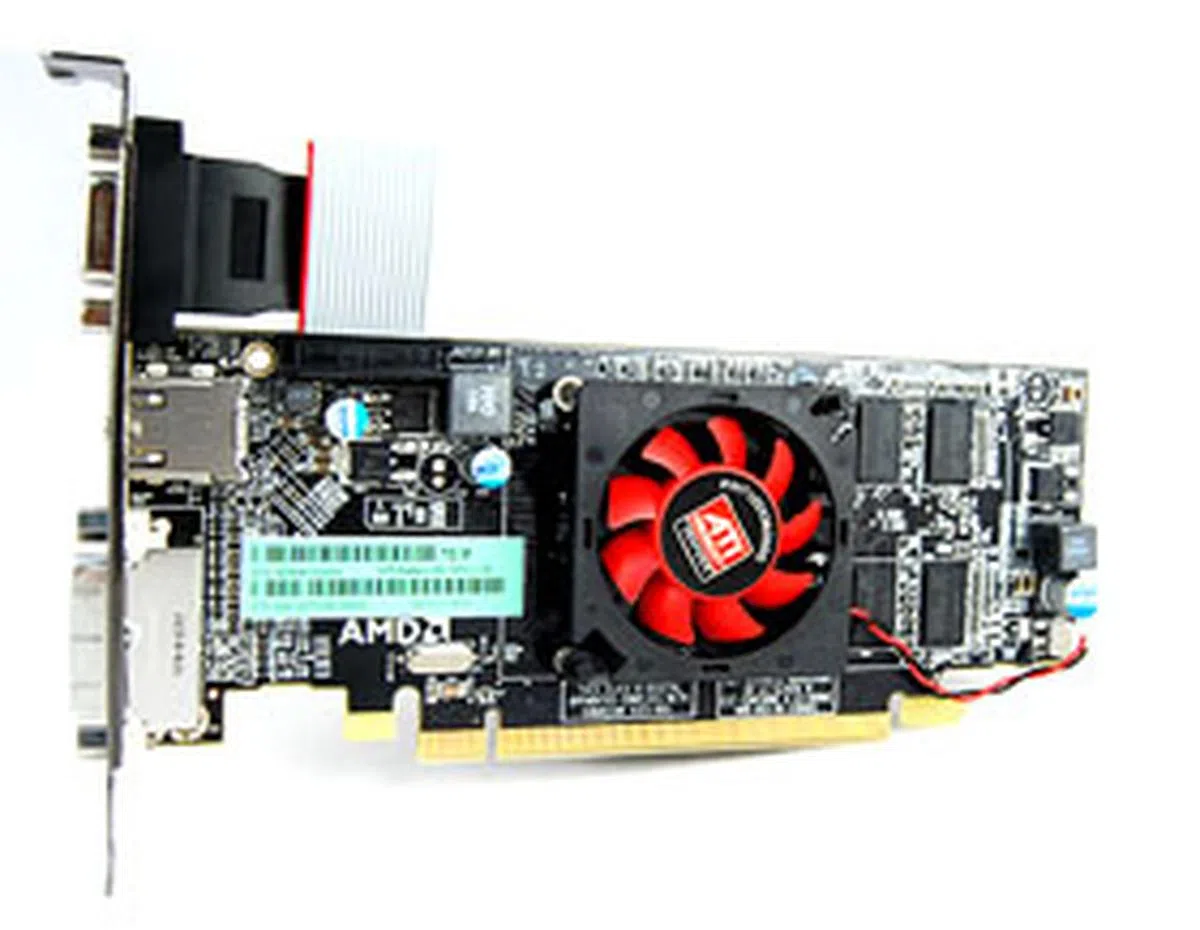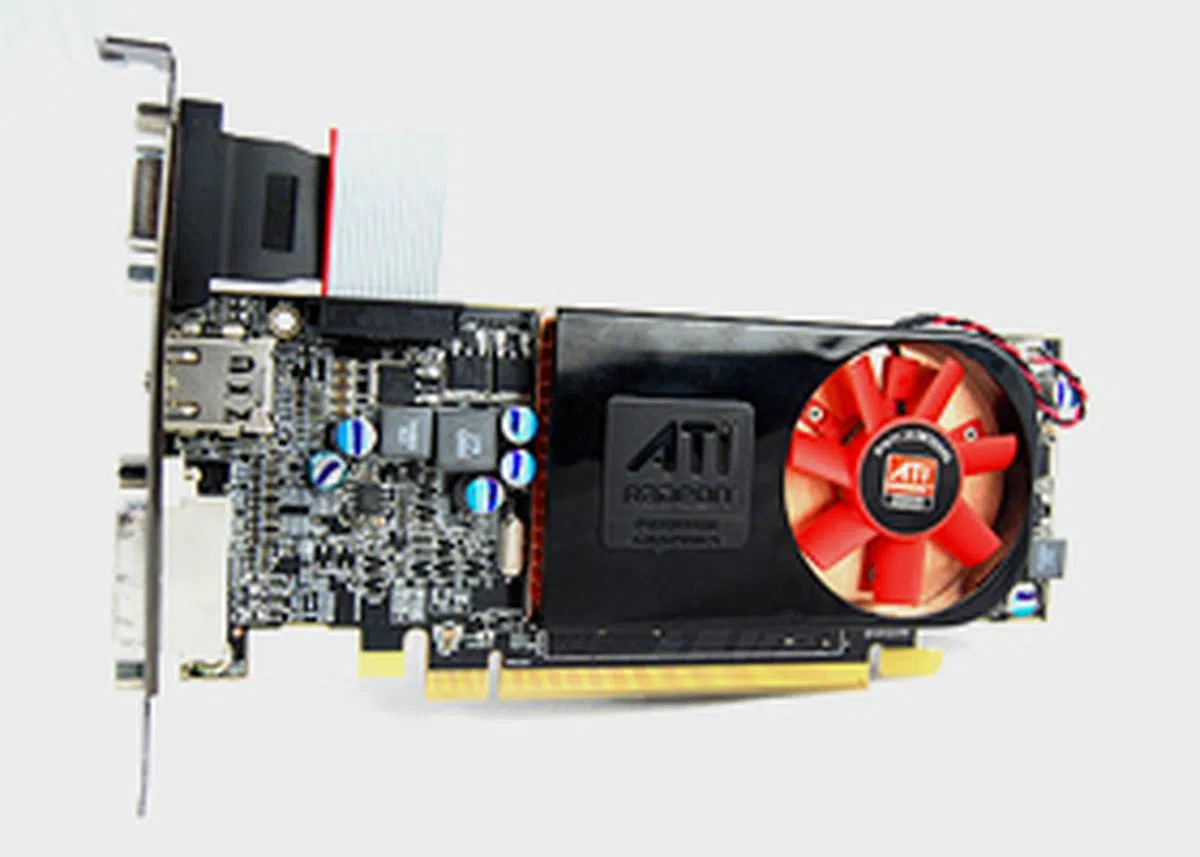The Budget Showdown - ATI vs. NVIDIA
Rounding up the Evergreen series are the new Radeon HD 5450 and HD 5570. We pit them against NVIDIA's budget offerings - the GeForce GT 240 and GT 220 - to see which offers more bang for buck.
By Kenny Yeo -
Really Budget Evergreen Arrives
Just weeks ago, ATI launched their Radeon HD 5450 and HD 5570 chips, marking the completion of the Evergreen product line-up. With the release of the two chips, ATI has now a full range of Evergreen graphics cards, from high-end to budget-class, out in the market. This is impressive considering that the first Evergreen card - the Radeon HD 5870 - was launched slightly more than five months ago.
Anyhow, today we are going to take a look at both the Radeon HD 5450 and HD 5570. These cards are budget-classed cards, priced well below US$100, and are targeted at HTPC enthusiasts, casual users with multimedia needs and light gamers. It's main competition in this arena will be NVIDIA's GeForce GT 240, GT 220 and 210, and also previous generation budget Radeon cards.

The new Evergreen cards are really affordable, but are they any good? Let's find out...
We begin our analysis with the Radeon HD 5450, which is powered by ATI's Cedar PRO chip. This chip is the absolute base model in the Evergreen family and it has only 80 stream processors, 8 texture mapping units and 4 raster operating units - a far cry from the might of the all-powerful Cypress XT chip, which has 1600 stream processors.
In stock form, it's clocked at 650MHz at the core, and can be paired to run with either DDR2 or DDR3 memory (but more likely the latter). It's really basic, but the most worrying bit is its narrow 64-bit memory bus, which could seriously hamper performance. This however is quite a norm for very entry-level class cards and this model shows it. On the upside however, rated TDP at load is a mere 19.1W, which points to it as being extremely energy efficient and that it can be passively cooled.
The Radeon HD 5570 is markedly more robust. Powered by the Redwood PRO chip, it gets 400 stream processors, 20 texture mapping units and 8 raster operating units - the same as the Radeon HD 5670, which we were quite pleased with. However, clock speeds are severely different as the core clock has been numbed down to 650MHz (as compared to 750MHz on the Radeon HD 5670). The Radeon HD 5570 also retains the HD 5670's 128-bit wide bus width, but employs DDR3 memory instead, with ATI's reference editions clocking at 1800MHz DDR. Considering the Radeon HD 5570's paper specifications alone, we think it should still remain quite competitive.
And of course, both these new chips support all the niceties that we've come to expect from an Evergreen card, and that is full DirectX 11 compatibility and ATI EyeFinity. DirectX 11 compatibility might be a moot point for such low-end cards, but they should have no problems driving up to three monitors simultaneously. To add, both SKUs will have cards that come in both 512MB and 1GB flavors.

The Radeon HD 5450 specs.

The Radeon HD 5570 specs; Ignore the "GPU Clock" readings as they are wrong.
Model | ATI Radeon HD 5450 | ATI Radeon HD 5570 | NVIDIA GeForce GT 220 | NVIDIAGeForce GT 240 | NVIDIA GeForce 9600GT |
Core Code | Cedar PRO | Redwood PRO | GT216 | GT215 | G94 |
Transistor Count | 292 million | 627 million | 486 million | 727 million | 505 million |
Manufacturing Process | 40nm | 40nm | 40nm | 40nm | 65nm |
Core Clock | 650MHz | 650MHz | 615MHz | 550MHz | 650MHz |
Stream Processors | 80 Stream processing units | 400 Stream processing units | 48 Stream Processors | 96 Stream Processors | 64 Stream Processors |
Stream Processor Clock | 650MHz | 650MHz | 1335MHz | 1340MHz | 1625MHz |
Texture Mapping Units (TMU) or Texture Filtering (TF) units | 8 | 20 | 16 | 32 | 32 |
Raster Operator units (ROP) | 4 | 8 | 8 | 8 | 16 |
Memory Clock | 1600MHz GDDR3 | 1800MHz GDDR3 | 2000MHz GDDR3 | 1800MHz GDDR3 / 3400MHz GDDR5 | 1800MHz GDDR3 |
DDR Memory Bus | 64-bit | 128-bit | 128-bit | 128-bit | 256-bit |
Memory Bandwidth | 12.8GB/s | 28.8GB/s | 16.0GB/s | 28.8GB/s | 57.6GB/s |
PCI Express Interface | PCIe ver 2.0 x16 | PCIe ver 2.0 x16 | PCIe ver 2.0 x16 | PCIe ver 2.0 x16 | PCIe ver 2.0 x16 |
Molex Power Connectors | None | None | None | None | 1 x 6-pin |
Multi GPU Technology | CrossFireX | CrossFireX | None | None | SLI |
DVI Output Support | 2 x Dual-Link | 2 x Dual-Link | 2 x Dual-Link | 2 x Dual-Link | 2 x Dual-Link |
HDCP Output Support | Yes | Yes | Yes | Yes | Yes |
Street Price | Launch Price: US$49 | Launch Price: US$80 | ~US$80 | ~US$99 | ~US$100 |
The ATI Radeon HD 5450 512MB GDDR3
The first thing you'll notice about the new Radeon HD 5450 is that it is a half-height card. In fact, all reference designs of the Radeon HD 5450 and HD 5570 are half-height designs, making them suitable for barebones and small form factor systems. Another factor that makes them suitable for such systems is its insanely low 19.1W TDP, which means you don't need a powerful PSU. Moreover, it also means that a well-designed heatsink will suffice in keeping their cards cool, eliminating any moving parts from a normal cooler which equates to more hassle-free and silent operation.
This reference card comes clocked 650MHz at the core and with GDDR3 memory running at 1800MHz DDR. This is a bit of an anomaly because ATI states that the memory should be clocked at 1600MHz DDR instead. Apparently and according to Anandtech, these odd 650MHz/1800MHz DDR Radeon HD 5450 cards are the result of some internal sampling with one of ATI's OEMs, and somehow these samples made their way out to press, and we just happened to receive one of them. This is not the first time such incidents have occurred. Regardless, at those differences in frame buffer speed for the Radeon HD 5450, we think it wouldn't make much of a difference in actual test results.

As you can see, it's a really basic card with no distinguishing feature other than its rather cool-looking passive cooler

In terms of video outputs, the Radeon HD 5450 gets VGA, DVI and HDMI ports.

The design might look really funky, but it is really all about maximizing surfacing area to aid cooling.
The ATI Radeon HD 5450 1GB GDDR3
We also have a 1GB variant of the ATI Radeon HD 5450. Apart from the larger framebuffer, this card also gets a proper heatsink and fan combo cooler. Clock speeds of this card follows ATI's reference specifications, which means 650MHz at the core and 1600MHz DDR at the memory. It'll be interesting to see how this will perform against the above-mentioned 'odd-ball' Radeon HD 5450.

The 1GB variant of the Radeon HD 5450 comes with a traditional fan and heatsink cooler.

Nothing unusual here, as this card also gets DVI, VGA and HDMI ports.
The ATI Radeon HD 5570 1GB GDDR3
Apart from the larger cooler, you'll be hard pressed to tell the difference between the Radeon HD 5570 and our 1GB variant of the Radeon HD 5450. Like the Radeon HD 5450, it's a half-height, low-profile graphics card, and considering its specifications, we think it might be one of the most powerful and feature-packed half-height graphics card yet. It sports reference clock speeds - 650MHz at the core and 1800MHz DDR at the memory.

Despite being similar to the Radeon HD 5670 in terms of functional elements, the Radeon HD 5570 is a low-profile, half-height card thanks to its comparatively much lower clock speeds.

Expect to find the same DVI, VGA and HDMI port arrangement on the Radeon HD 5570.
Test Setup
We'll be running these cards through our usual Vista testbed which has the following specifications:
Windows Vista SP1 Test System:
- Intel Core 2 Extreme QX6850 (3.00GHz)
- Gigabyte X38T-DQ6 motherboard
- 2 x 1GB DDR3-1333 Aeneon memory in dual channel mode
- Seagate 7200.10 200GB SATA hard drive
- Windows Vista Ultimate with SP1
Although a bit of a mismatch, we'll be pitting the new budget Evergreen cards against the NVIDIA GeForce GT 240 and GT 220. We don't expect the Radeon HD 5450 to do well, considering its lean specifications, but the Radeon HD 5570 should do well enough to compete against the similarly priced GeForce GT 220. We have also included the Radeon HD 5670 in our analysis to see just where the new Radeon chips stand in the ATI hierarchy. Too bad we've returned back most of the low-end Radeon HD 4000 series for direct comparisons, but that shouldn't matter much seeing that it's not really competing with itself at this level.
To ensure the cards generate meaningful, playable results, we have also tweaked the settings of our usual benchmarks to something that's more usable on these cards.
Here's the complete list of cards tested and the driver versions used:
- ATI Radeon HD 5450 512MB GDDR3 (Beta 8.69 RC3)
- ATI Radeon HD 5450 1GB GDDR3 (Beta 8.69 RC3)
- ATI Radeon HD 5570 1GB GDDR3 (Beta 8.69 RC3)
- NVIDIA GeForce GT 240 (ForceWare 196.21)
- NVIDIA GeForce GT 220 (ForceWare 196.21)
- ATI Radeon HD 5670 1GB GDDR5 (Beta 8.69 RC)
And the cards were tested using the following benchmarks:
- Futuremark 3DMark Vantage
- Crysis Warhead (Overall settings: Mainstream)
- Far Cry 2 (Overall settings: High)
- Dawn of War 2 (Overall settings: Low)
3DMark Vantage Results
Not surprisingly, the two weakly-powered Radeon HD 5450 cards fared abysmally on 3DMark Vantage. In fact, on both High and Extreme presets, the program actually warned that performance was so poor that results should not be taken into consideration. Fortunately, both Radeon HD 5450 cards ran the Performance preset without a hitch, although understandably its scores are the worst of the lot. And if it's any consolation, a typical AMD 890GX motherboard tested with a Phenom II X4 955 processor gave only 412 3DMarks on the Performance preset, this means that the Radeon HD 5450 is still leaps and bounds ahead of an integrated GPU.
On the up side, the Radeon HD 5570 can hold its head high, as it convincingly beat the more costly GeForce GT 220. However, it's still some way off the GeForce GT 240.

Crysis Warhead & Far Cry 2 Results
The Radeon HD 5450 continued its poor performance on Crysis Warhead, showing clearly that it is clearly not made for gaming.
The Radeon HD 5570, however, fared much better. It managed to surpass the magical 30fps mark at 1280 x 1024 and was significantly quicker than the GeForce GT 220. But it was markedly slower than the GeForce GT 240, while the Radeon HD 5670 ruled the roost here.


It was the same story on Far Cry 2, as the Radeon HD 5450 continued its poor showing. It's clear that this point that the modest Radeon HD 5450 is more suited for light multimedia tasks such as video viewing.
The Radeon HD 5570 performed decently, managing playable frame rates on the less demanding runs and also continued to beat the GeForce GT 220.


Dawn of War 2 Results
Dawn of War 2 continued to reveal the Radeon HD 5450's shortcomings; while the Radeon HD 5570 extended its fine showing, posting decent frame rates and handily beating the GeForce GT 220.

Temperature
Temperature recordings were in line with what we expected from a low-power, budget graphics card. Interestingly, despite sporting only a passive heatsink cooler, the 512MB Radeon HD 5450 recorded only 55 degrees Celsius at the core, a mere two degrees warmer than its 1GB counterpart, which sports a more traditional fan and heatsink based cooler.
The Radeon HD 5570 clocked a 63 degrees Celsius, which was a little on the warm side. However, remember that it doesn't sport a dual-slot, full-height cooler unlike the GeForce GT 240 and GT 220. With that in mind, we would say that it actually fared modestly well.

Power Consumption
It's no surprise that power draw readings for the twin Radeon HD 5450 cards are really low. On the other hand, we noted that the Radeon HD 5570 fared well. It has the same power draw as the GeForce GT 220, but in our earlier tests, the Radeon HD 5570 was clearly the faster card.

Overclocking
Perhaps as a safety feature, we could not enable ATI Overdrive on the 512MB variant of the Radeon HD 5450 (passive cooler). It was locked to prevent overclocking and perhaps wisely so.
The 1GB variant, however, could be overclocked and we managed to push it to the maximum allowable limit of 700MHz and 1800MHz DDR. This gave us a 13% boost in performance, which is remarkable, but given the fact that the Radeon HD 5450 isn't quite a performer to begin with, we doubt it'll do much to aid gaming performance.
With the Radeon HD 5570, we succeeded in getting to run at 700MHz at the core and 1900MHz DDR at the memory – again limited by ATI Overdrive. This was enough to give us a 7% increase in performance on the Performance preset of 3DMark Vantage.

Conclusion
When we were first presented with the first Evergreen card, ATI boldly stated that they have plans to roll out the entire range within a half-year time span, and that is exactly what they have done. With the release of the Radeon HD 5450 and HD 5570, the circle is almost complete. However, the two latest cards from the red camp have their hits and misses. Let us explain.
As our tests have shown, the most basic model of the Evergreen family, the Radeon HD 5450, is not ideal for any modern gaming. Despite the low settings we were using, the Radeon HD 5450 never once looked comfortable in our tests, generating frame rates well below the minimum threshold of 30fps. The final verdict on it is that it is perhaps more suited for crunching HD videos rather than 3D games.
But then again, the card has a launch price of only US$49 (S$68), which means as far as graphics cards are concerned, it's really affordable. And while it may not allow you to get any kind of gaming done, one could also think of it as a relatively cheap means of attaining a triple display setup.

The Radeon HD 5450 isn't as versatile as we'd have liked it to be, but the Radeon HD 5570 is a really good, all-rounder low-profile card.
The Radeon HD 5570, however, is a much more interesting card. No doubt it'll be fantastic at handling HD videos, but it is also capable of getting some light gaming done, so long as you keep the settings and resolutions down. But perhaps more impressive is the fact that it was designed from ground-up as a half-height, low-profile card. And if you consider its performance, it is easily one of the most powerful low-profile cards that are currently available on the market, which makes it supremely ideal for HTPC enthusiasts.
On the subject of price, the Radeon HD 5570 has a launch price of about US$80 (S$112), similar to the more expensive range of NVIDIA's GeForce GT 220. And from a performance standpoint, there really is no comparison, seeing how the Radeon HD 5570 was consistently quicker than its rival across all benchmarks. In fact, discounting the slightly high operating temperatures (again understandable given its tiny cooler), this new Radeon HD 5570 is quite simply one of the most accomplished low-profile cards in the market.
Of course, if you look hard enough you'll be able to find low-profile versions of the GeForce 9600 GT and 9800 GT, but such cards will not only cost more, but will also need much more power and generate more heat such that the performance gain is not worth it.
| 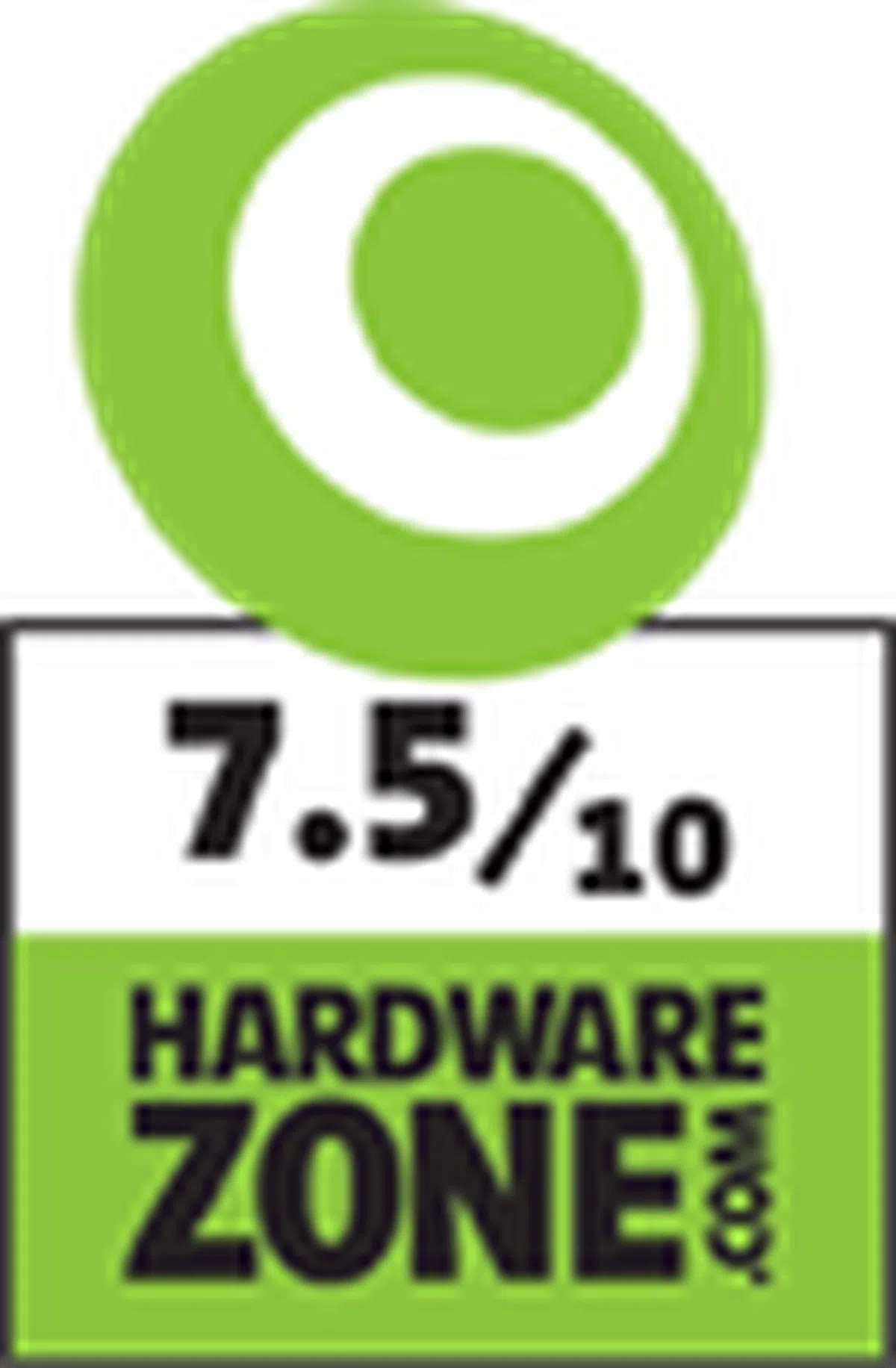 |
| 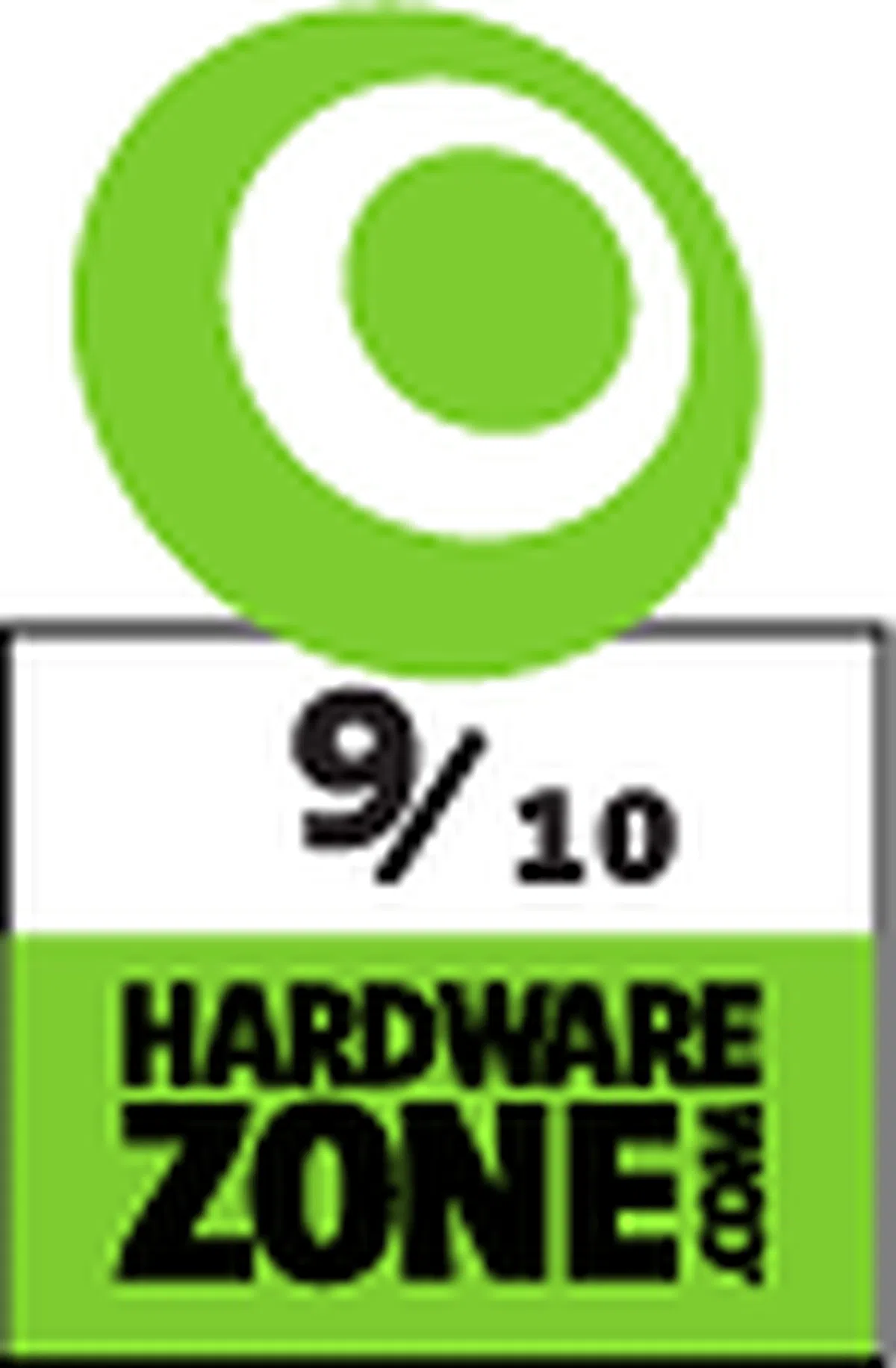 |
Our articles may contain affiliate links. If you buy through these links, we may earn a small commission.
